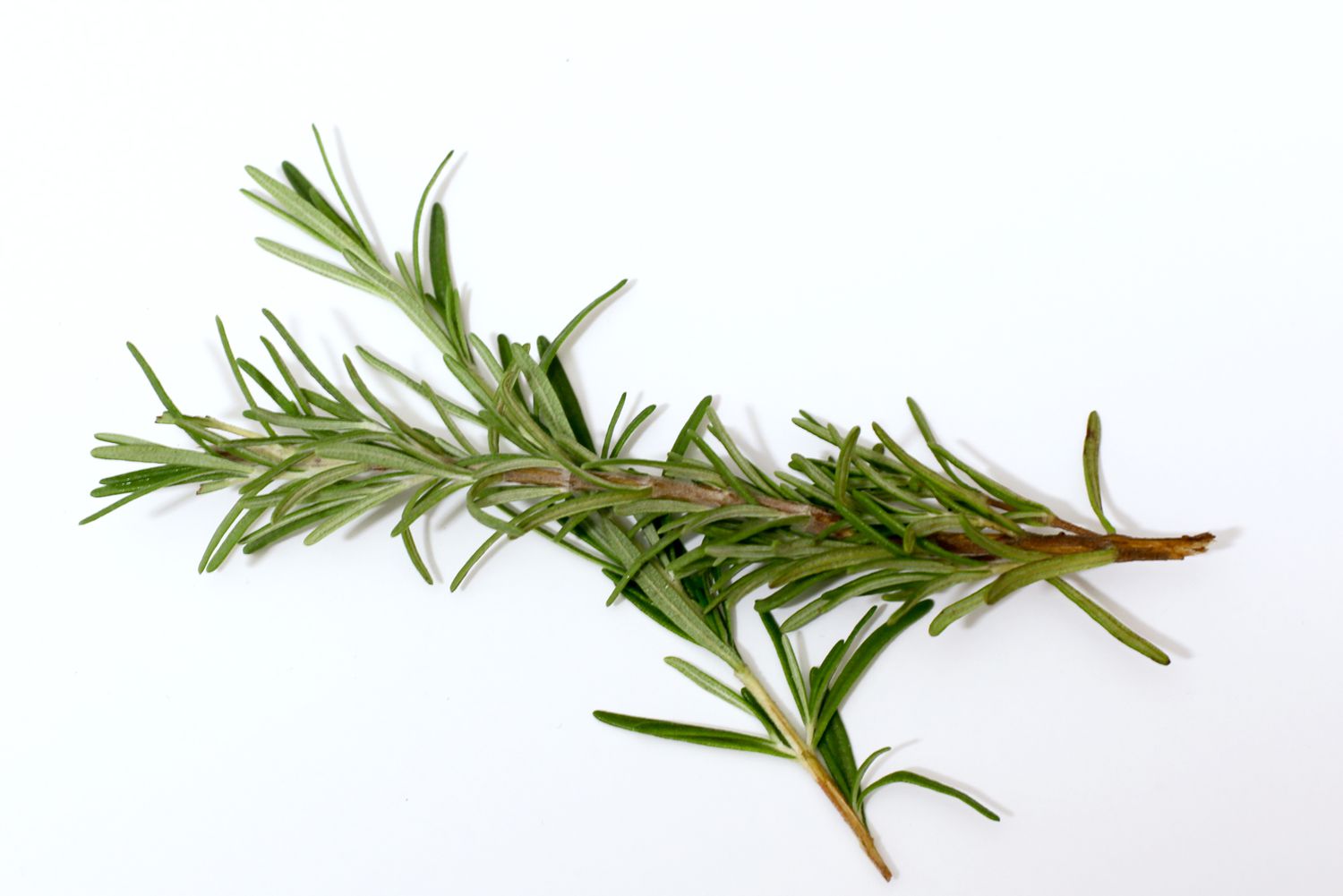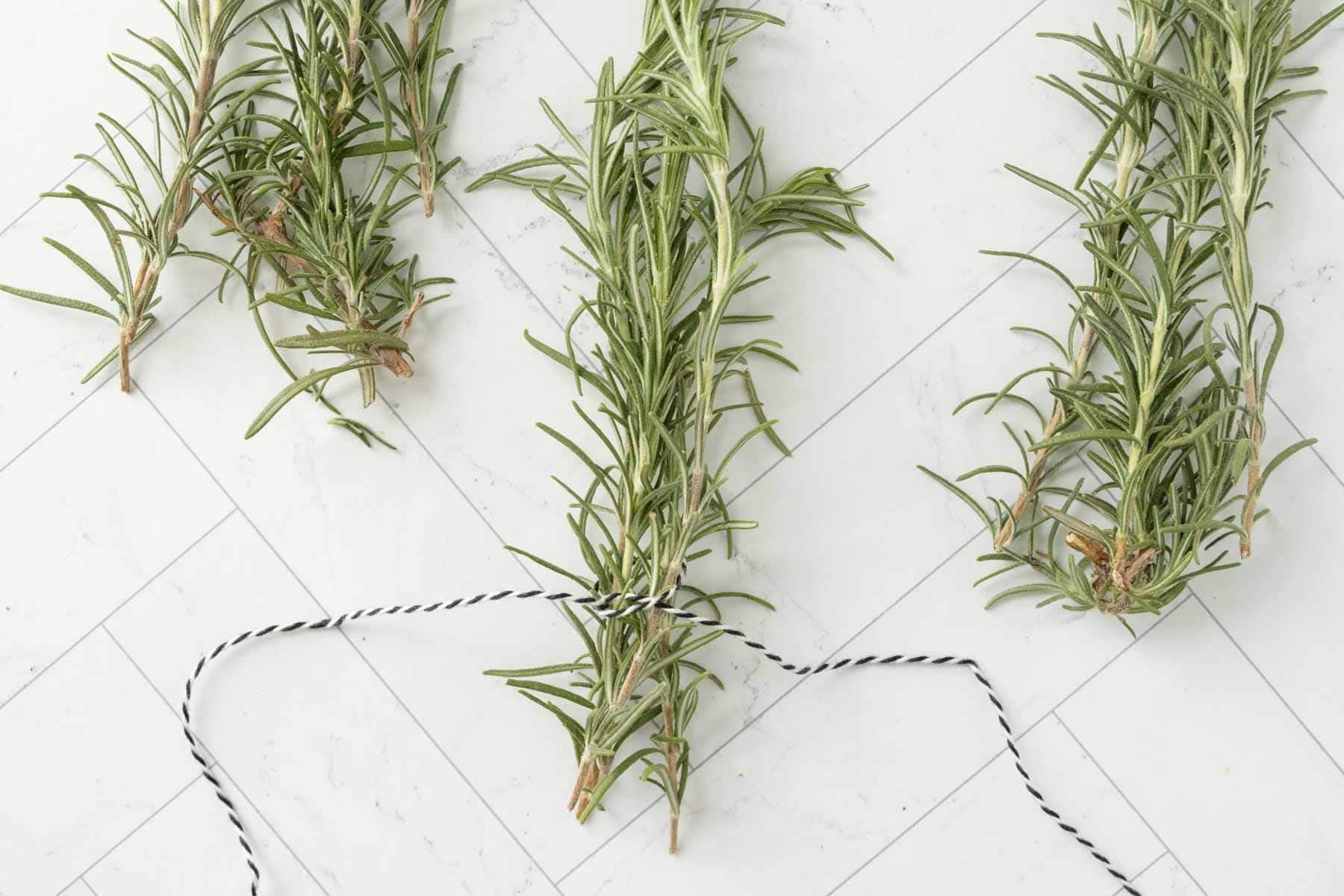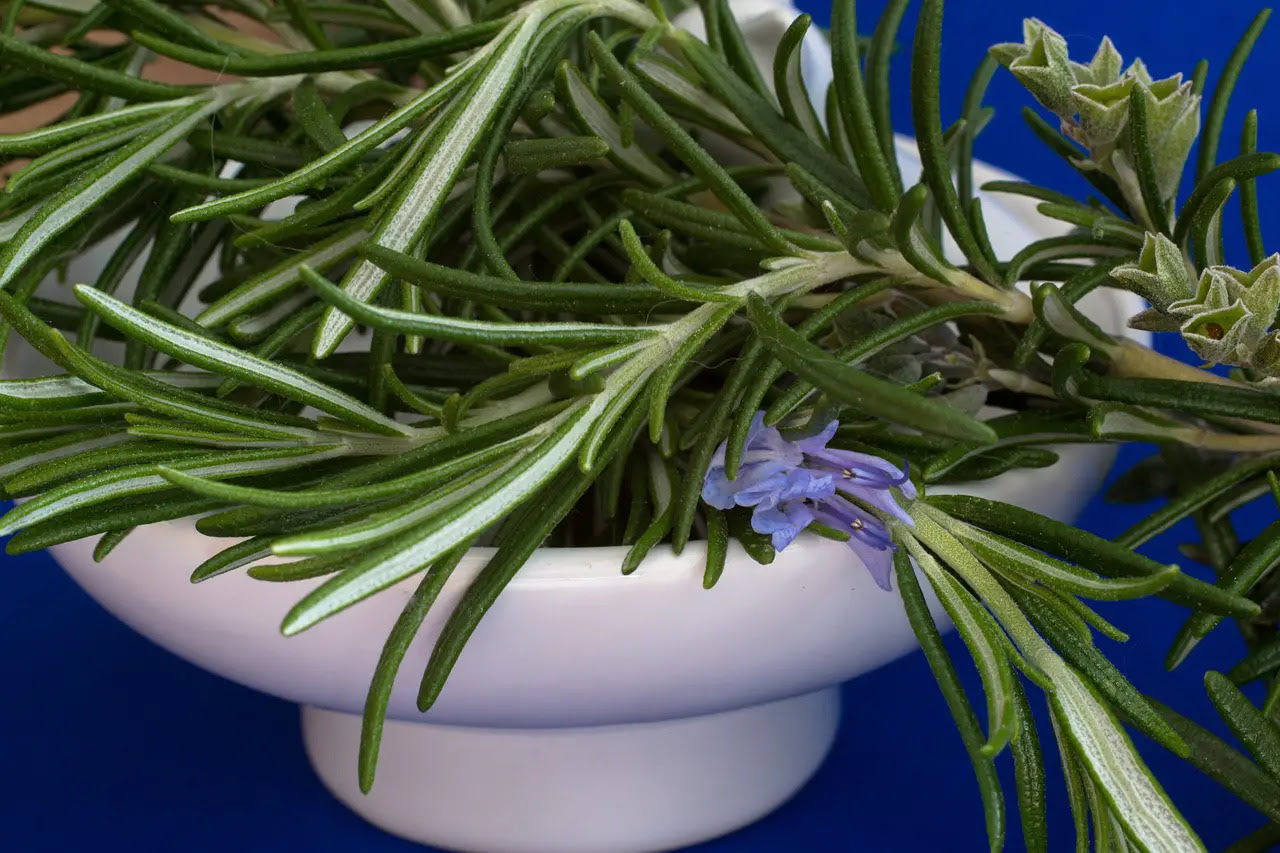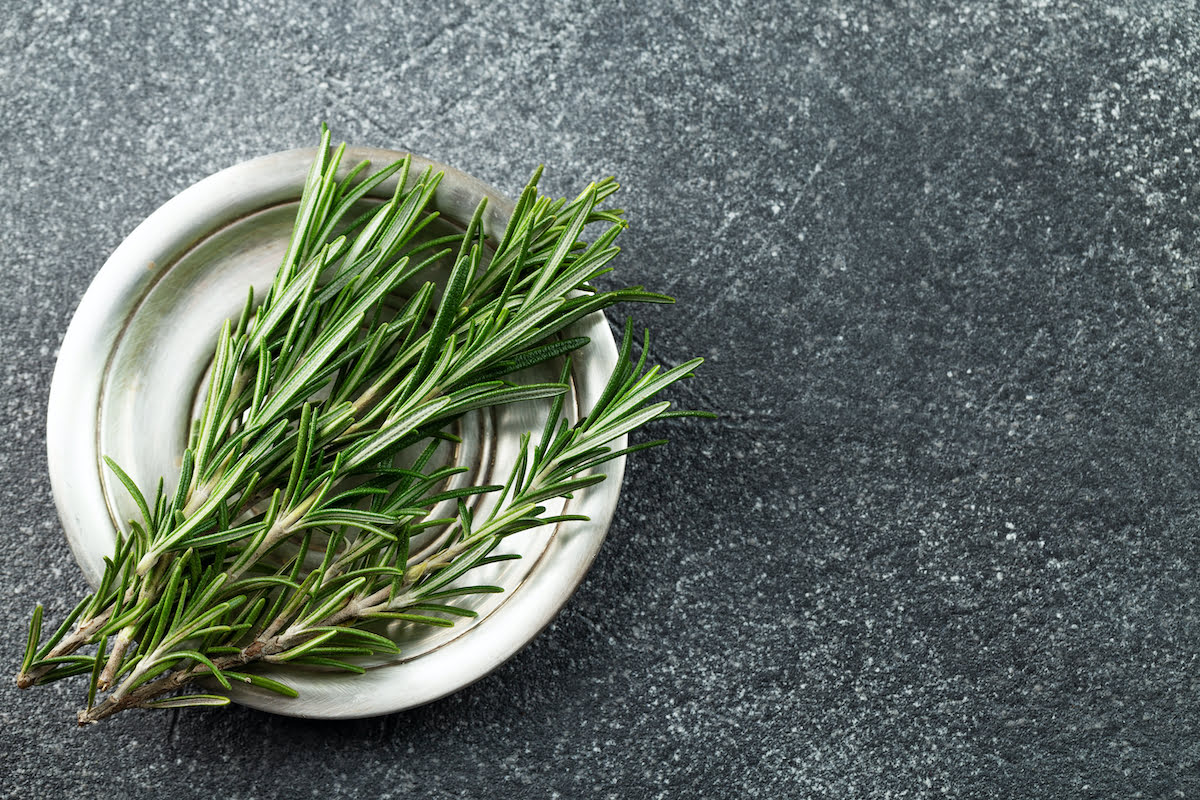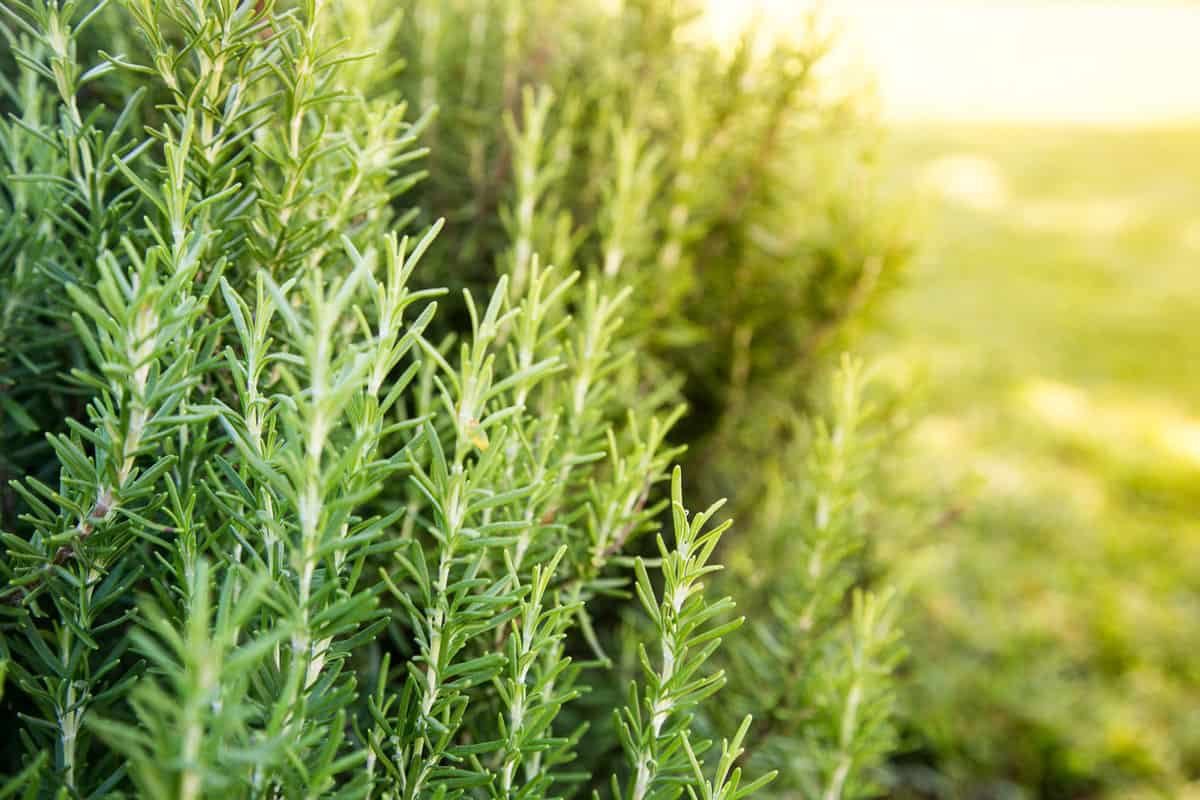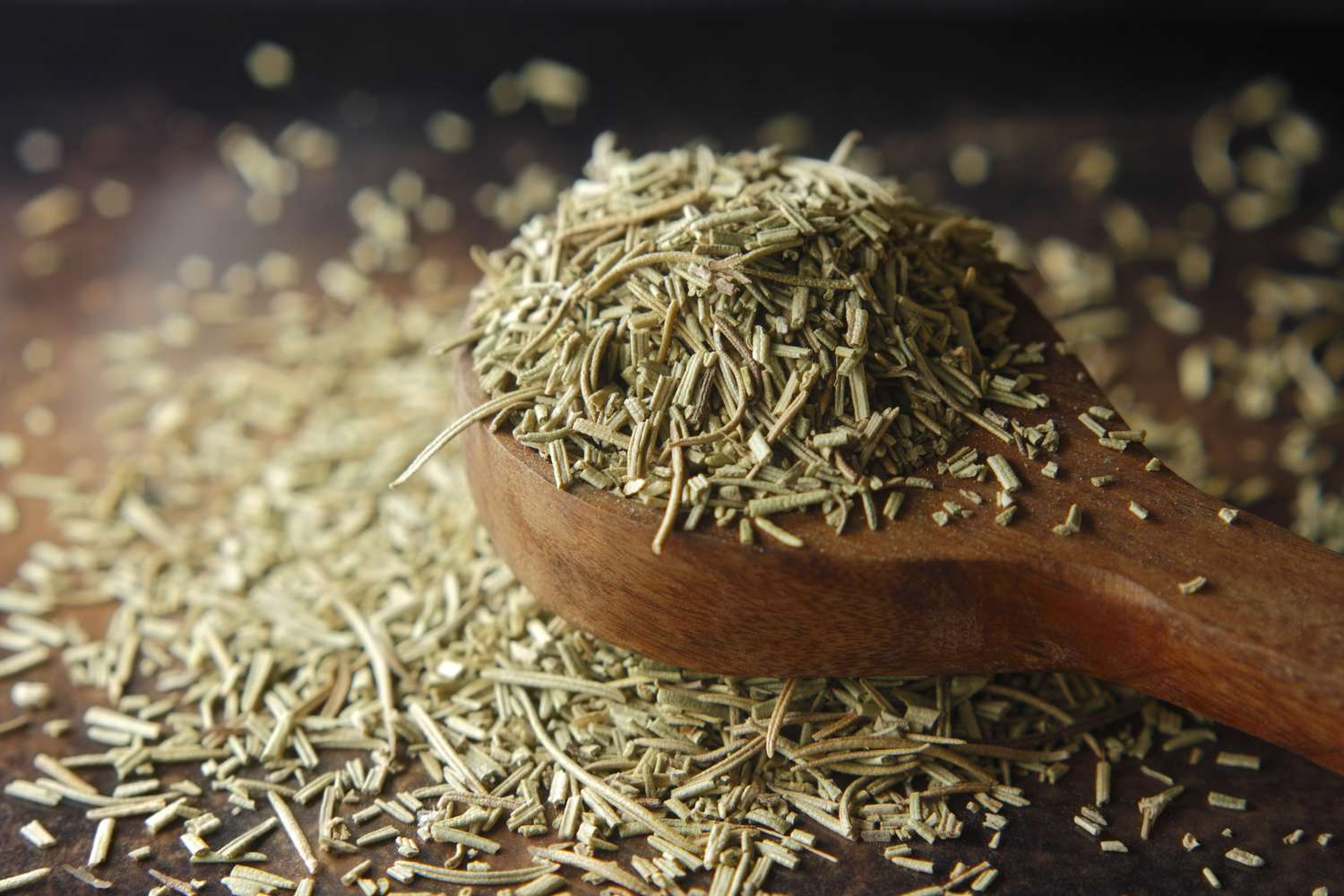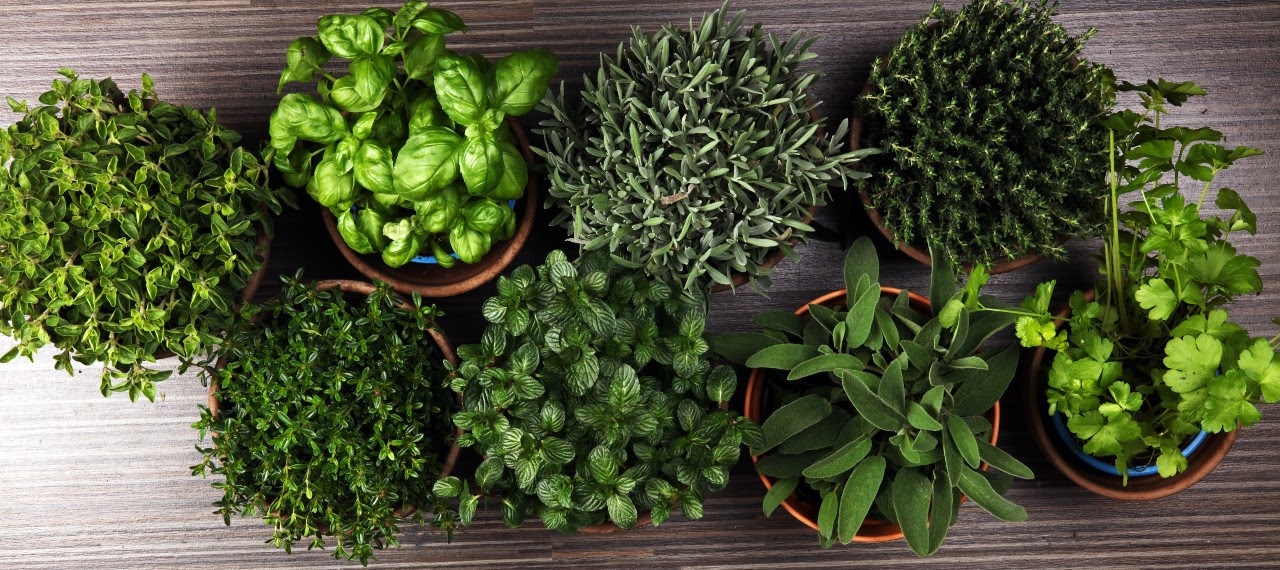Home>Types of Gardening>Edible Gardening>How Much Fresh Rosemary To Dried
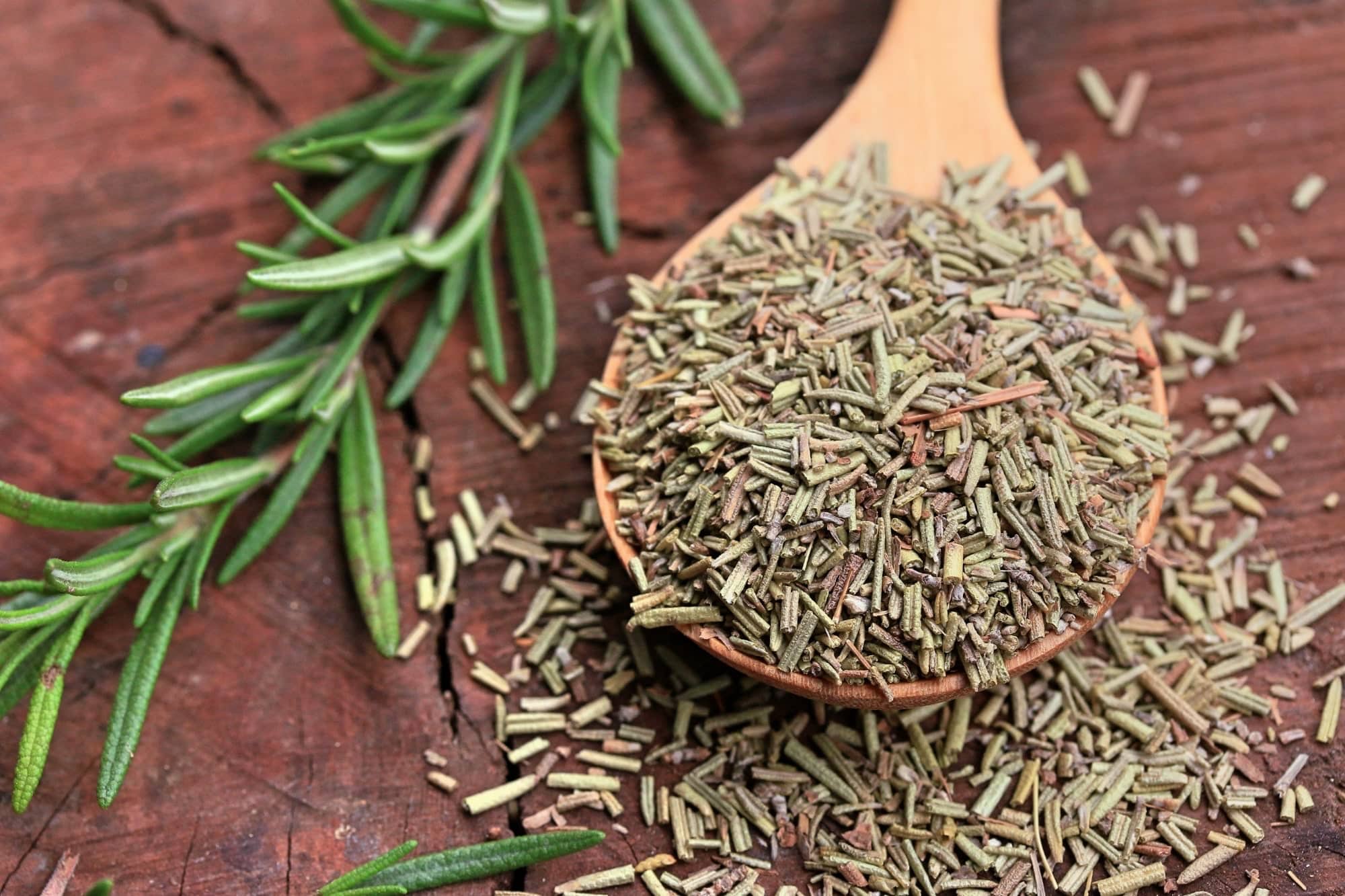

Edible Gardening
How Much Fresh Rosemary To Dried
Published: January 29, 2024
Learn the conversion of fresh rosemary to dried for your edible gardening needs. Find out the right ratio and tips for using fresh or dried rosemary.
(Many of the links in this article redirect to a specific reviewed product. Your purchase of these products through affiliate links helps to generate commission for Chicagolandgardening.com, at no extra cost. Learn more)
Table of Contents
Introduction
Understanding the Versatility of Rosemary in Fresh and Dried Forms
Rosemary is a beloved herb in the culinary world, renowned for its delightful fragrance, distinct flavor, and versatile uses in cooking. Whether fresh or dried, this aromatic herb adds a delightful depth to a wide array of dishes, making it a staple in many kitchens and gardens. Understanding the nuances between fresh and dried rosemary is essential for any aspiring chef or avid gardener. In this comprehensive guide, we will delve into the intricacies of fresh rosemary versus dried rosemary, exploring their unique characteristics and providing valuable insights into converting between the two forms. Additionally, we will share practical tips for utilizing both fresh and dried rosemary to elevate your culinary creations. By the end of this article, you will have a deeper appreciation for the remarkable herb that is rosemary, and the knowledge to confidently incorporate it into your cooking endeavors. Let's embark on a flavorful journey through the enchanting world of rosemary!
Understanding Fresh Rosemary and Dried Rosemary
Fresh rosemary, with its vibrant green needles and robust fragrance, embodies the essence of this beloved herb at its peak. When harvested from the garden or purchased from the market, fresh rosemary offers a potent burst of flavor and aroma, making it an ideal choice for infusing dishes with its unmistakable essence. Whether used to season roasted meats, flavor hearty stews, or infuse oils and vinegars, fresh rosemary imparts a lively and invigorating character to culinary creations.
On the other hand, dried rosemary, with its slightly woody texture and concentrated flavor, presents a convenient and long-lasting alternative to its fresh counterpart. Through the process of drying, the essential oils within the rosemary become concentrated, intensifying its flavor profile and allowing for extended shelf life. Dried rosemary is a valuable pantry staple, readily available for use in various dishes, from marinades and rubs to soups and baked goods.
While fresh rosemary shines with its immediate potency, dried rosemary offers the advantage of prolonged storage and intensified flavor, making it a versatile option for both everyday cooking and special occasions. Understanding the unique attributes of fresh and dried rosemary empowers cooks and gardeners to make informed decisions when selecting the most suitable form for their culinary endeavors.
Converting Fresh Rosemary to Dried Rosemary
Converting fresh rosemary to dried rosemary is a straightforward process that preserves the herb’s flavor and aroma for future use. Whether you have an abundant harvest of fresh rosemary from your garden or have obtained a generous bundle from the market, drying the herb ensures that its essence can be enjoyed long after its peak season.
To begin the conversion process, start by gently rinsing the fresh rosemary under cold water to remove any debris or impurities. Pat the sprigs dry with a clean kitchen towel, ensuring that excess moisture is removed. Next, carefully strip the rosemary needles from the stems, taking care to discard any discolored or wilted leaves.
Once the rosemary has been prepared, there are several methods for drying the herb. One popular approach is air drying, which involves tying the rosemary sprigs into small bundles and hanging them upside down in a warm, well-ventilated area. This method allows the rosemary to air dry naturally, preserving its essential oils and flavor over time.
Alternatively, the oven drying method offers a quicker option for converting fresh rosemary to its dried form. Simply spread the prepared rosemary sprigs on a baking sheet and place them in an oven set to the lowest temperature. Allow the rosemary to dry in the oven for approximately 1-2 hours, checking regularly to prevent over-drying.
For those seeking a convenient and efficient approach, using a food dehydrator provides precise control over the drying process, ensuring that the rosemary retains its vibrant color and potent flavor. Follow the manufacturer’s guidelines for drying herbs, adjusting the settings as needed to achieve the desired results.
Regardless of the method chosen, the key to successfully converting fresh rosemary to dried rosemary lies in preserving the herb’s essential oils and flavor compounds while removing excess moisture. Once the rosemary has dried to a crisp texture, carefully remove the leaves from the stems and store them in an airtight container, away from direct sunlight and moisture. With proper storage, dried rosemary can maintain its flavor for several months, allowing you to savor the essence of this remarkable herb in your culinary creations.
Tips for Using Fresh and Dried Rosemary
Both fresh and dried rosemary offer unique advantages and can be utilized in various culinary applications to enhance the flavor profiles of dishes. Understanding the distinct characteristics of each form and how to maximize their potential empowers cooks to elevate their creations with the captivating essence of rosemary.
Utilizing Fresh Rosemary:
When using fresh rosemary, consider incorporating whole sprigs into dishes that benefit from a longer infusion time, such as slow-cooked stews, braised meats, and roasted vegetables. The robust flavor of fresh rosemary permeates the dish gradually, imparting a delightful depth of aroma and taste. Additionally, fresh rosemary sprigs can be used as aromatic skewers for grilling, infusing the ingredients with a fragrant essence as they cook.
For a more immediate release of flavor, finely chop fresh rosemary leaves before adding them to marinades, salad dressings, and compound butters. This technique allows the herb’s essential oils to blend seamlessly with other ingredients, ensuring an even distribution of its distinctive taste throughout the dish.
Leveraging Dried Rosemary:
When incorporating dried rosemary into recipes, it is beneficial to crush the leaves between your fingers or with a mortar and pestle before adding them to dishes. This action helps to release the concentrated essential oils, maximizing the herb’s flavor impact in the culinary creation.
Dried rosemary is particularly well-suited for seasoning dry rubs, marinades, and spice blends, as its concentrated flavor can permeate the ingredients, enhancing their overall taste profile. Additionally, dried rosemary can be sprinkled over roasted meats, poultry, and potatoes before cooking, infusing the dish with its aromatic essence as it bakes or roasts.
Pairing Fresh and Dried Rosemary:
For an intriguing depth of flavor, consider incorporating both fresh and dried rosemary into a single dish. By layering the herb in different forms, such as using fresh sprigs for infusion and dried leaves for seasoning, you can create a multi-dimensional taste experience that captivates the palate.
Whether utilizing fresh or dried rosemary, it is important to adjust the quantity based on the form used, as dried rosemary possesses a more concentrated flavor compared to its fresh counterpart. By experimenting with these tips and techniques, you can harness the full potential of both fresh and dried rosemary, elevating your culinary endeavors with the enchanting essence of this beloved herb.
Conclusion
As we conclude our exploration of the captivating world of rosemary, we have gained a profound appreciation for the remarkable herb in its fresh and dried forms. The vibrant allure of fresh rosemary, with its verdant needles and invigorating fragrance, embodies the essence of this beloved herb at its peak, infusing dishes with immediate potency and aromatic charm. Conversely, the concentrated flavor and extended shelf life of dried rosemary offer a convenient and versatile option for seasoning an array of culinary creations, from savory roasts to fragrant baked goods.
By understanding the nuances between fresh and dried rosemary, we have unlocked the potential to harness the captivating essence of this herb in our cooking endeavors. The process of converting fresh rosemary to its dried form empowers us to preserve the herb’s flavor and aroma, ensuring that its essence can be savored long after its harvest. Additionally, the practical tips for utilizing both fresh and dried rosemary have provided valuable insights into enhancing the flavor profiles of dishes, allowing us to create culinary masterpieces infused with the enchanting essence of rosemary.
As we embark on our flavorful journey, let us embrace the versatility of rosemary and the boundless creativity it inspires in the kitchen. Whether we are savoring the immediate potency of fresh rosemary or harnessing the concentrated flavor of dried rosemary, the remarkable herb continues to captivate our senses and elevate our culinary creations. With each dish infused with the essence of rosemary, we celebrate the artistry of cooking and the timeless allure of this beloved herb.
May our culinary endeavors be enriched by the enchanting essence of rosemary, and may the aromatic charm of this remarkable herb continue to inspire and delight us in the kitchen. Let us savor the vibrant flavors and captivating aromas that fresh and dried rosemary bring to our tables, creating memorable dining experiences infused with the timeless allure of this beloved herb.

